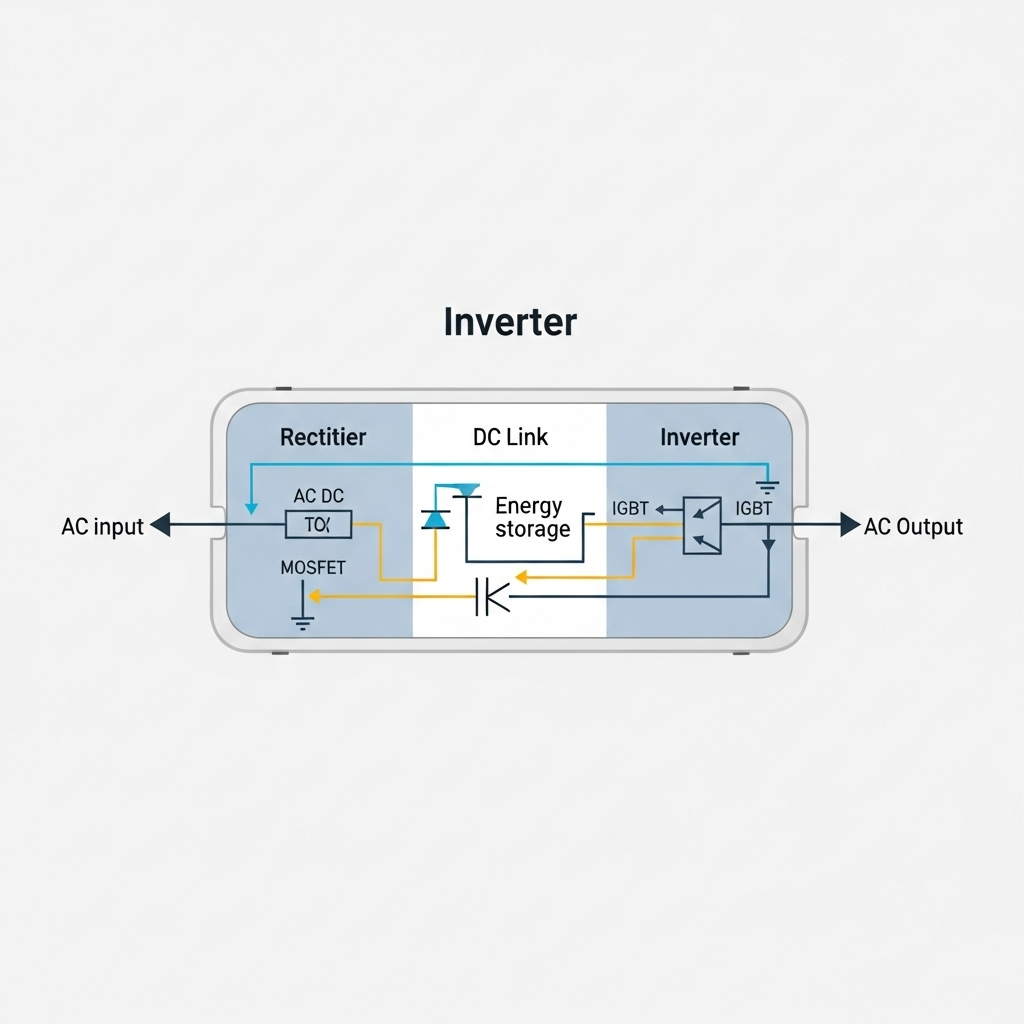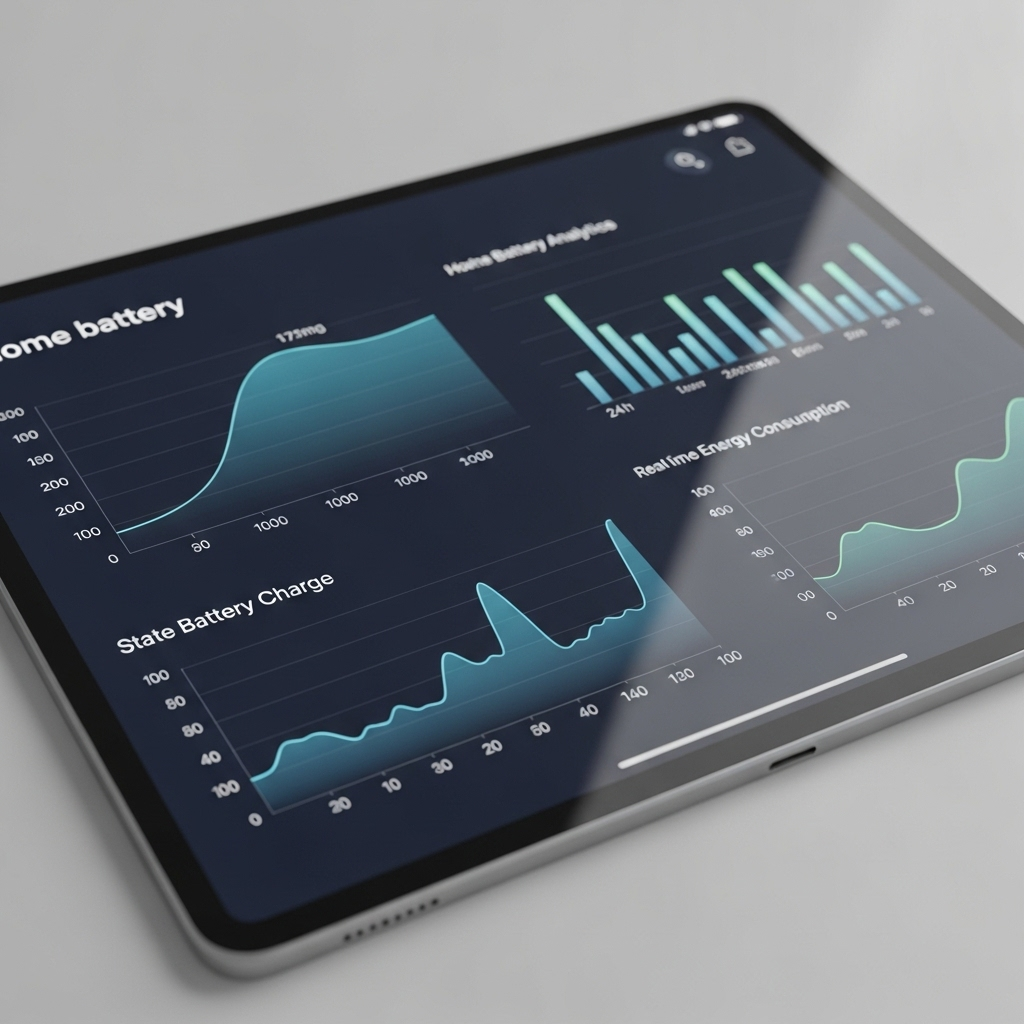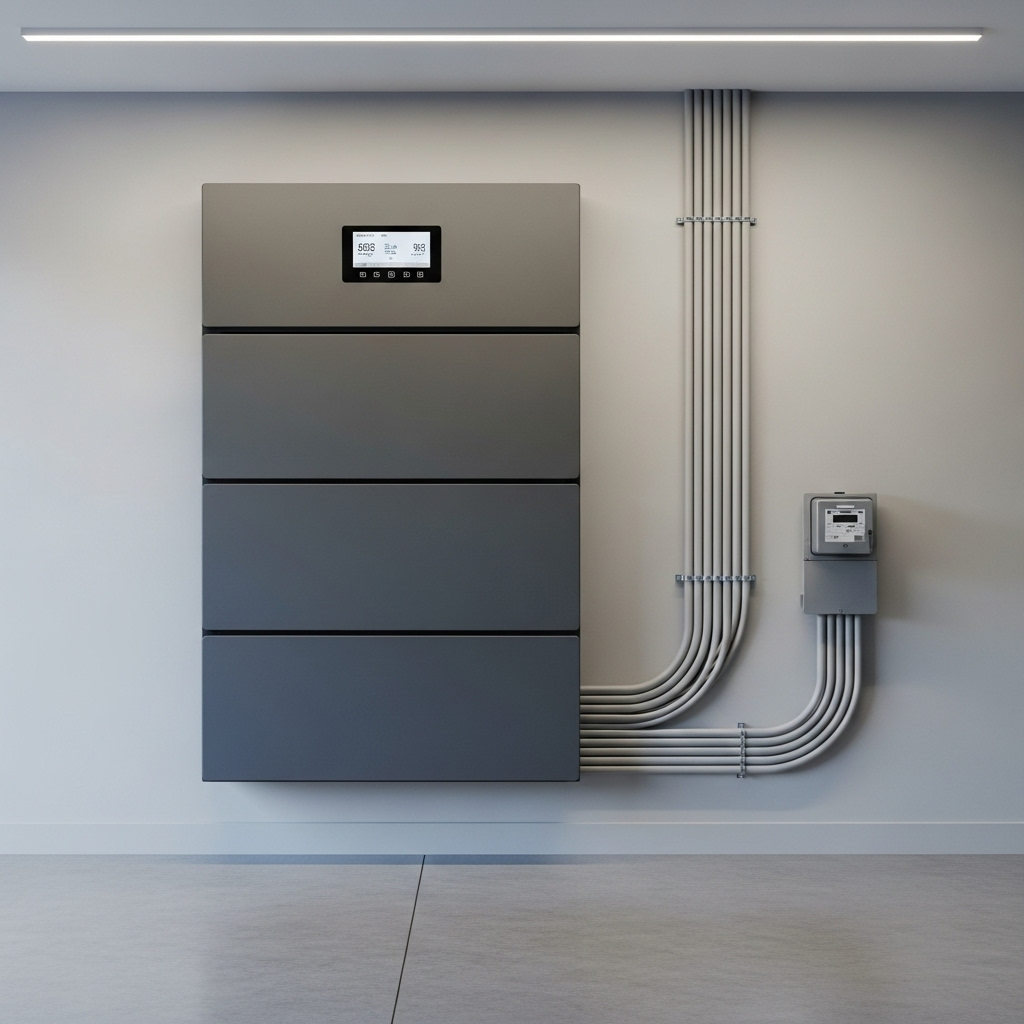Your energy storage system's inverter is more than a simple power converter. It's the central command unit, making critical decisions that directly influence your battery's health and operational lifespan. By creating a thoughtful maintenance blueprint through customized inverter profiles, you can actively slow the aging process of your Energy Storage System (ESS). This approach protects your investment and ensures reliable performance for years to come.
The Inverter's Critical Role in Battery Longevity
The inverter manages the flow of energy to and from your battery. Its settings dictate the electrical conditions your battery cells experience daily. Proper configuration is the difference between a system that performs optimally for a decade or more and one that degrades prematurely.
Beyond Conversion: The Inverter as a System Manager
An inverter's primary job is converting DC power from your solar panels and batteries into AC power for your home. Its secondary, equally important role is that of a battery management supervisor. It enforces the rules for charging and discharging, setting precise limits on voltage and current. These parameters are the levers you can pull to create an effective strategy for slowing ESS aging.
How Inverter Settings Directly Impact ESS Aging
Every charge and discharge cycle contributes to the gradual aging of a battery. Aggressive settings accelerate this process. High voltages and rapid charging currents place significant stress on the battery's internal chemistry, particularly with LiFePO4 cells. The economic viability of an energy storage system is directly tied to its operational profile and degradation rates, a factor highlighted in the Renewable Power Generation Costs in 2024 report. Similarly, keeping a battery perpetually at a 100% state of charge can hasten capacity loss. Research in the Innovation Outlook: Smart charging for electric vehicles suggests that maintaining a partial state of charge is crucial for the chemical stability of lithium-ion cells.
Crafting Your Inverter Profile: Key Parameters to Adjust
Creating a custom inverter profile involves tuning several core settings. These adjustments form the foundation of your maintenance blueprint, balancing daily performance with long-term preservation.
Setting Optimal Voltage Thresholds
Voltage is a direct indicator of the stress on your battery. Operating at the extremes—either too high or too low—is detrimental. Setting conservative voltage thresholds in your inverter profile is a primary strategy for lifespan maximization.
- Bulk & Absorption Charge Voltage: This is the maximum voltage the battery reaches during charging. Setting this slightly below the manufacturer's absolute maximum reduces stress on the cells.
- Low Voltage Cut-off: This setting prevents the battery from being drained too deeply. A higher cut-off voltage (e.g., corresponding to 20% SOC) avoids the damage associated with deep discharge cycles.
| Parameter | Aggressive Profile (Shorter Lifespan) | Longevity Profile (Longer Lifespan) |
|---|---|---|
| Bulk Voltage (48V System) | 58.4V | 56.8V |
| Low Voltage Cut-off (48V System) | 44.8V | 48.0V |
Managing Charge and Discharge Currents
The speed at which your battery charges and discharges is defined by the current, often measured as a C-rate. A 1C rate means the battery is fully charged or discharged in one hour. Lower C-rates generate less internal heat and cause less physical strain on battery components. For daily cycling, a charge and discharge current of 0.5C or less is recommended to promote a longer life.
Calibrating State of Charge (SOC) Limits
Instead of using the full 0% to 100% range, operating within a narrower SOC window is a proven method for extending battery life. A common longevity-focused profile uses a range of 20% to 90%. This avoids the high-stress states at the top and bottom ends of the charge cycle. While this reduces the immediately available energy, it dramatically increases the total number of cycles the battery can deliver over its lifetime. Understanding this trade-off is central to maximizing value, as explained in this reference on solar storage performance.
Advanced Inverter Strategies for Slowing Aging
Modern inverters offer sophisticated features that allow for even more granular control over your ESS, further enhancing your ability to slow the aging process.
Implementing Time-Based Charging Profiles
Many inverters allow you to set specific times for charging from the grid or solar. You can program your system to charge primarily during peak solar production hours when energy is abundant and low-cost. This strategy minimizes reliance on high-current grid charging, which is often less gentle on the battery. As battery storage becomes more critical for grid stability, as noted by the IEA in its System Integration of Renewables report, ensuring the longevity of these assets is paramount.
Temperature-Aware Adjustments
Temperature is a critical factor in battery health. LiFePO4 batteries should not be charged at or below freezing temperatures (0°C or 32°F), and high temperatures accelerate degradation. Advanced inverters can communicate with the battery's Battery Management System (BMS) to receive temperature data. They can then automatically reduce or halt charging current when temperatures are outside the optimal range, providing an essential layer of protection.
A Final Word
Your inverter is a powerful tool in a proactive maintenance blueprint for your ESS. By moving beyond default settings and creating a customized inverter profile, you take direct control over your battery's aging process. These deliberate adjustments to voltage, current, and state of charge may seem small, but their cumulative effect over thousands of cycles results in a significantly longer lifespan, better return on investment, and a more resilient path toward energy independence.
Disclaimer: This article provides general recommendations and educational information. Always consult your specific inverter and battery documentation and consider seeking advice from a qualified professional before making changes to your system's configuration. This content does not constitute professional engineering or financial advice.
Frequently Asked Questions
Will these settings reduce my usable battery capacity?
In the short term, operating within a narrower State of Charge window (e.g., 20-90%) does reduce the amount of energy available in a single cycle. However, this practice significantly increases the total number of cycles the battery can perform, leading to a greater total energy throughput over its entire life and providing superior long-term value.
How often should I check or adjust my inverter profiles?
After the initial setup of your longevity-focused profile, it typically does not require frequent changes. A good practice is to review the settings annually or if your energy usage patterns change significantly, such as adding a major appliance or an electric vehicle charger.
Can I create different profiles for different situations?
Yes, many advanced inverters support multiple saved profiles. You could maintain a 'Longevity Profile' for daily, routine use and a separate 'Max Capacity Profile' that utilizes the full SOC range, which you can activate in anticipation of a severe storm or a planned grid outage.
Do these principles apply to all battery chemistries?
The general principles of managing voltage, current, and temperature apply broadly. However, the specific settings in this guide are optimized for Lithium Iron Phosphate (LiFePO4) chemistry. Other chemistries, like Lead-Acid or Nickel-Manganese-Cobalt (NMC), have different optimal voltage ranges and operational characteristics. Always use parameters recommended for your specific battery type.





Leave a comment
All comments are moderated before being published.
This site is protected by hCaptcha and the hCaptcha Privacy Policy and Terms of Service apply.